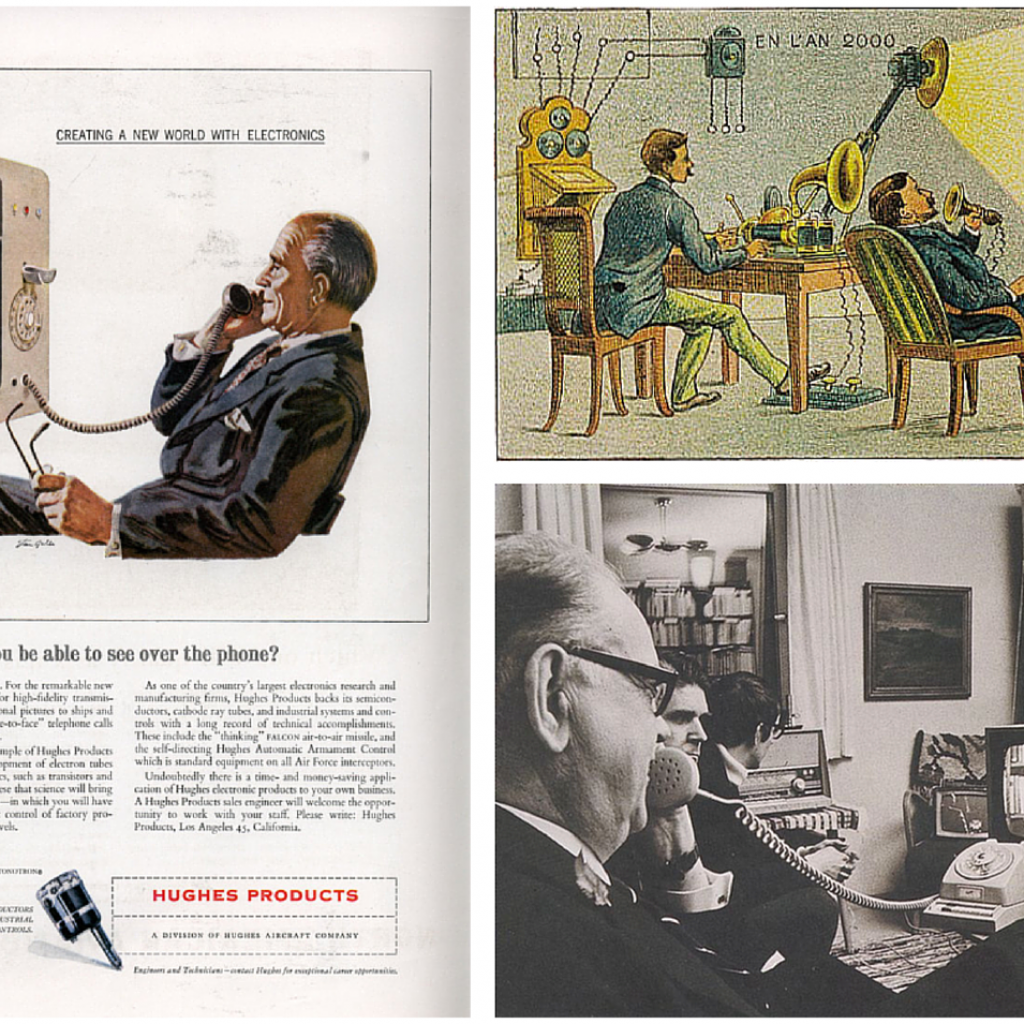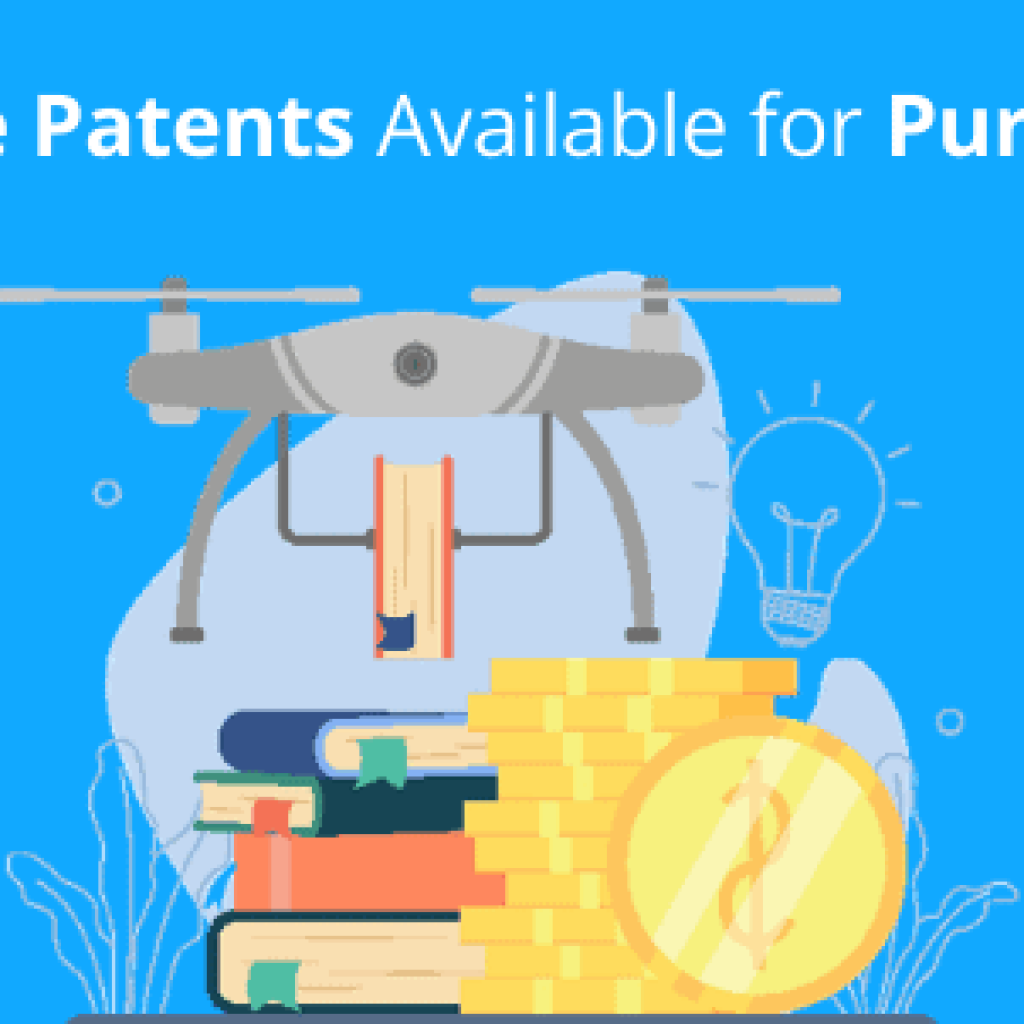Yes, you read that right. I found system prior art for a validity search in the Jurassic Park movie!
While you are probably wondering how and what? Please hold on to your excitement as I thoroughly take you through the case. (Some might even define this journey as thrilling as the movie itself 😛)
But first, let’s understand the technology in question.
An overview of the patent
When Michael, an attorney in a law firm, approached us with this patent, the first step was understanding the technology discussed. I observed that I was dealing with a technology revolving around 3D GUIs, allowing users to switch between multiple applications through a 3D stack. Further, a user could make changes like adding or closing the applications. This technology is commonly present today. However, what made things harder was the priority date which was in the early-2000s.
Time-travel to the 2000s
In the early 2000s, the system was based on object-oriented user interfaces such as Microsoft’s Windows 95 and IBM’s OS/2 Warp. These Graphical User Interfaces only displayed the window in use at that moment and kept the background programming aspects of using a computer hidden. Given below is a visual representation of the same.


Next in line of evolution was a 3D Graphic user interface, allowing computers to display something that resembles what users see and experience in the real world.

Source: https://www.microsoft.com/en-us/research/wp-content/uploads/2000/01/taskgallery-submitted.pdf
Now that I understood the patent technology and knew how it has evolved, I started looking for prior art.
The initial phase of finding the prior art
I started with the conventional ways (every searcher’s go-to) of finding prior art: I ran search strings on Derwent Innovation and Orbit, made use of the AI tools at our disposal like Matchbox, PQAI (the two of GreyB’s in-house jewels), and other paid AI search database like – Ambercite, Novelty. I ran searches for terms like:
- 3D /Three Dimensions / Tri Dimension
- GUI / UI / User Interface / Graphical User Interface
- Application / Program / Window / Software / Program / App / Applet
- Interaction / Click / Browse / Navigate / Touch / Engage / Select / Tap / Activate
Needless to say, none of the results qualified as Tier-1. (If it had bore promising results, you would not be reading this case study.)
The results I got were not a complete miss, but they weren’t overlapping completely. For example, I found this patent application- US20020163546A1 (Gallo). It shows multiple applications visually represented as a globe, as shown below:


However, this application was published after the cut-off date. And although it talked about recent application windows being shown in 3D, it didn’t mention how these would be placed on the desktop (home) screen.
Another result I gathered consisted of multiple applications on the screen, but I could not see a 3D stack on the desktop (home) screen.

Source: http://www.otakusoftware.com/topdesk/
The above results overlapped with some claims of the patent but not all. Therefore, presenting these results to Michael would not have done justice to my job.
As a researcher at GreyB, we are taught to search for the narrowest interpretation to eliminate any loopholes and find all insights. Therefore, I had to keep my threshold high and look for that killer prior art without settling for ‘something close enough’.
Looking for something more than ‘close enough’
While studying multiple results, I kept track of what was missing from them. This list came in handy while brainstorming with my team to decide the next action.
During one such session, we decoded the complex ‘missing’ claim – “Visualizing the multiple applications in a 3D space on a display device and the said 3D space allowing the user to interact with these multiple applications” into understandable terms, i.e., “Multiple application icons being displayed in 3D, and the user can choose these applications by scrolling the mouse”.
Upon reducing the complexity, I started looking for prior art accordingly. At the back of my mind, I knew I had seen the visual representation somewhere but couldn’t recall where!
Meanwhile, I planned on looking at unconventional places like social media, and that is when I came across a meme on the Jurassic Park film.
My reaction, exactly-

It was at that moment – It suddenly clicked to me that I had seen this concept in JURASSIC PARK!
A eureka moment: finding the breakthrough in Jurassic park (1993)!
Now imagine watching a ~2-hour movie in the office and getting paid for it! 😀
Since I could not find the complete overlap through typical patent research, I thought, why not give this a try? But unfortunately, I couldn’t recall the exact time frame from the movie which depicted the scene, so I had to observe it this time.
Before investing my 2 hours into the movie, I planned on sharing my thoughts with my mentor, and once he gave me a heads up, I watched the film, and boy, was I right!
See it for yourself!
Here are a few screenshots from the movie that had the required features for a 3D GUI stack and served as a TIER-1 prior art.
As shown in the figures below, you can see a 3D stack view of multiple applications. And using this 3D stack, we could also interact (i.e., open or close the applications) with the applications present in the system.


I had found the exact system prior-art. Next, I Googled – “Jurassic Park 3D files software” to find more details. I learned the software shown in the above images is a real-life 3D file navigator system – FSN (File System Navigator).
FSN (pronounced “fusion”) is an experimental application to view a file system in 3D, made by SGI for IRIX systems. Additionally, the software gained fame only after it appeared in the Jurassic Park movie!

(A screenshot of FSN running on an O2 workstation)
So, along with the findings from the Jurassic Park movie, this FSN software acted as another interesting prior art for the case. This software also gave us another exciting story to build an even stronger case. But that’s enough for today; stay tuned to know what sealed the deal for us.
Conclusion
I believe that the reason I was able to deliver Tier-1 prior art results to Michael was that I couldn’t settle for just anything. Michael appreciated our efforts, and his reply made it all worthwhile. After all, what is better than being recognized for your work?

Even though, in the initial phase, I had some close findings at my disposal, I knew there was some killer prior art out there. Who knew it would be in a movie that too a fictional one?
Curiosity is one value every GreyBian shares, and you can see it for yourself. For example, read how Raima’s curiosity drove her to a prior art in a YouTube video demonstrations, and Nilesh Singh found a prior art in a museum.
Authored by: Ridhi and Uday Sirohi, Prior-Art









